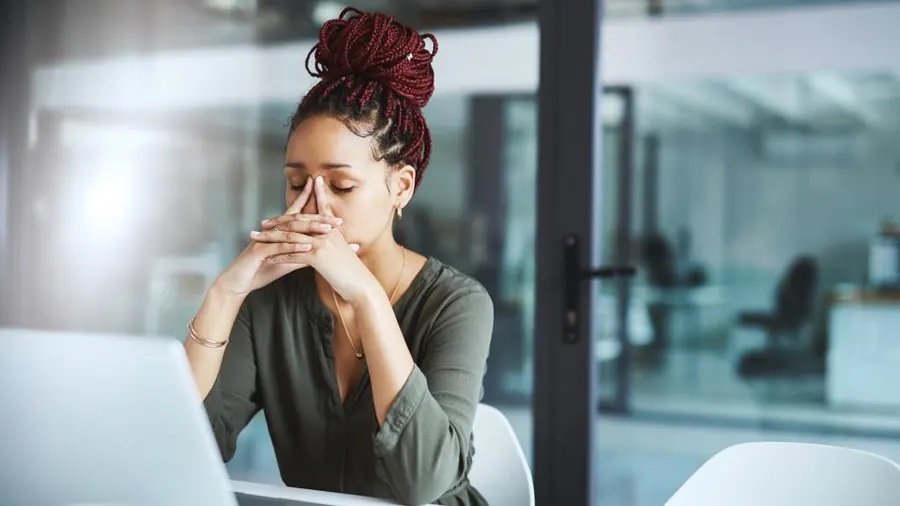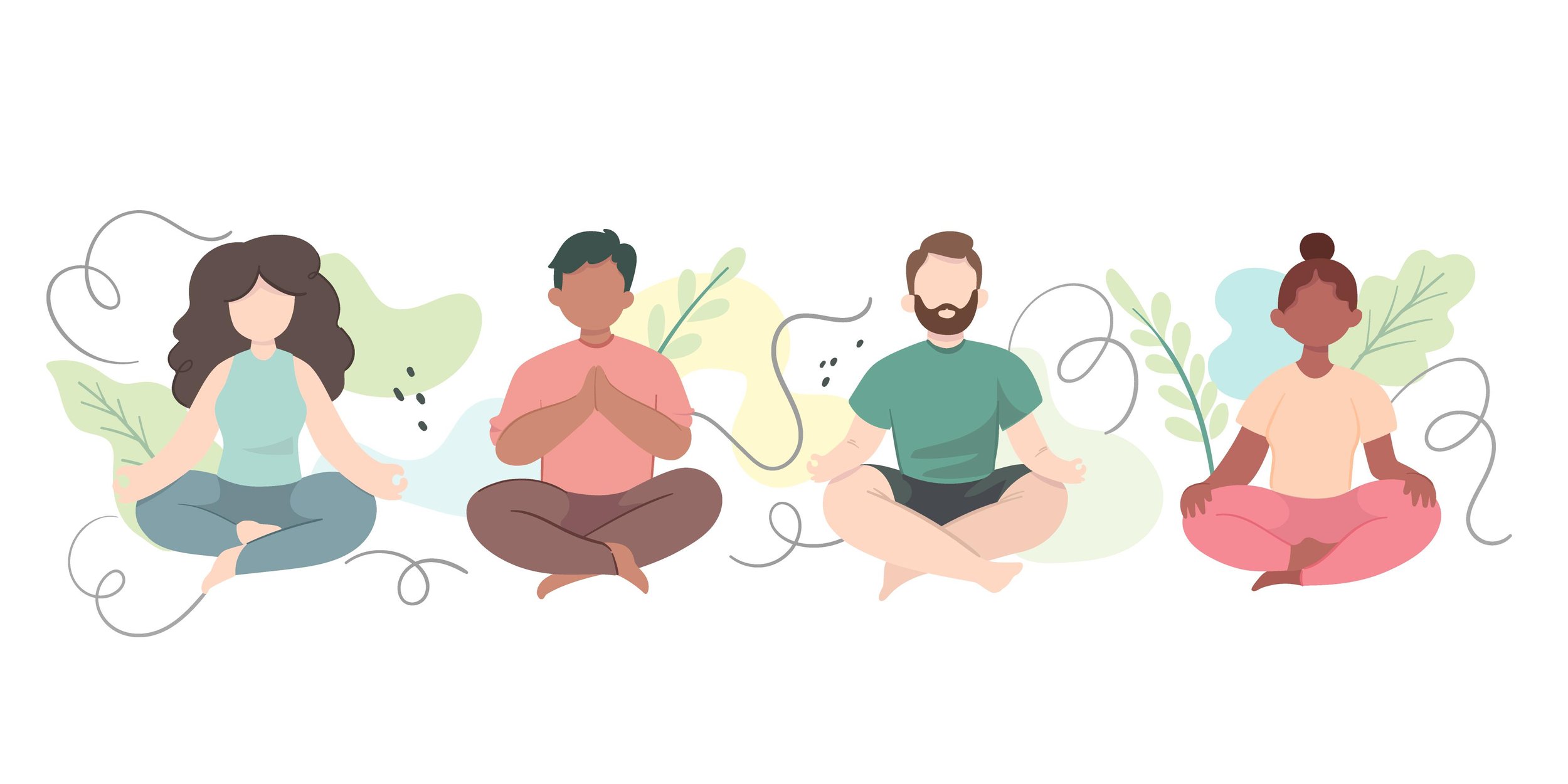10 Ways To Practice Mindfulness This Winter Season
/By Bree Minger, AMFT
The winter tends to feel like a whirlwind. The holidays start in November and keep us busy all the way to January when we decide to test ourselves with New Year’s resolutions. After that tends to peter off then comes the Super Bowl and Valentine’s Day. Many of these celebrations may induce anxious or depressive feelings about one’s relationships with family, romantic partners or singleness. Additionally, this season can lead to many celebrations which often include heavier drinking or substance use. During this time of year, it is too easy to get caught up in hurry or expectations of status leaving many of us feeling drained or overwhelmed.
Alternatively, winter can be a very fruitful time of rest. A period of hibernation to reflect and prepare for the next season to come– whether that be a new relationship, a new season of singleness, learning how to manage anxiety or depression or simply the shift to spring weather. Through all of these changes and challenges, one can practice rest through mindfulness. Mindfulness is proven to decrease feelings of anxiety, depression, pain, stress, insomnia and high blood pressure. Overall mindfulness can be practiced in many ways, as long as the body and brain are slowing down to pay attention to one’s senses and experience.
Here are 10 ways to be practice mindfulness for the remainder of the winter season:
Find joy in simple pleasures. Whether reading a book or watching the snowfall, try to slow down the moment and notice the beauty or tranquility. Breathe in the peace and breathe out any distractions from that present moment.
Mindful eating can help slow your thoughts, emotions and prolong the enjoyment of the meal. Next time you eat your favorite snack or food, focus on each bite, relishing in the flavors you taste or the food’s texture.
Breathing is very powerful when it comes to slowing our bodies down. Paying attention to exhales in particular can regulate our nervous system rapidly. Even apps on smart watches can aid in practicing deep breathing for just 1 to 2 minutes a day.
Body scans can be helpful to notice sensations and connect these to emotions you may be experiencing. Body scans can be incorporated into therapy, or helpful guides can be found on youtube or elsewhere online.
Slow down daily moments. From making your bed, to brushing your teeth, to showering there are many opportunities to set intentions for the day. Perhaps choose a daily moment to focus on what you may need that day, or how you can show up for someone else. Use the time to set a small daily goal that is achievable.
Practicing gratitude can be an effective way to reflect on the day. Either at the end of the work day or while getting ready for bed reflect on one part of your day that stood out or one person for whom you are grateful.
Progressive muscle relaxation can be an entry level meditation if mindfulness is uncomfortable. Again, a meditation like this can be incorporated into therapy sessions or guides are easily found online.
Walking meditations reap several benefits because they incorporate physical activity and slowing down in the moment. Go for at least a 10 minute walk and notice the feeling of your footsteps and the shift of your body weight.
Engaging in art or creativity is also a very beneficial way to practice mindfulness. From painting to woodworking, using one’s hands to create is very helpful.
Massage therapy is another mindful practice that connects the body and the brain. Releasing tension through massages comes from the release of endorphins allowing the body to fully relax and feel sensations of calm.






